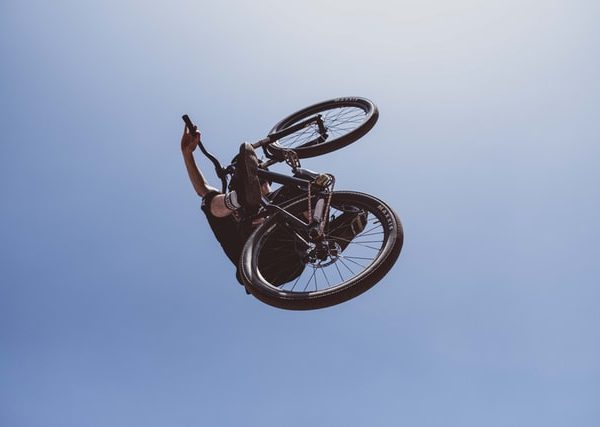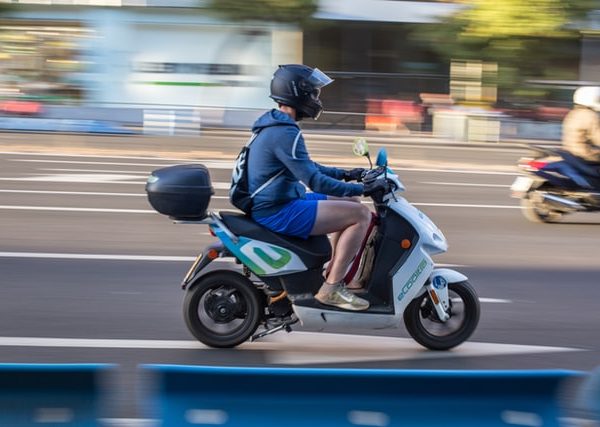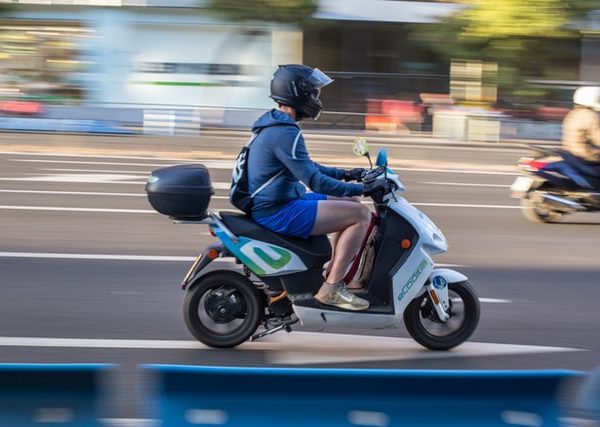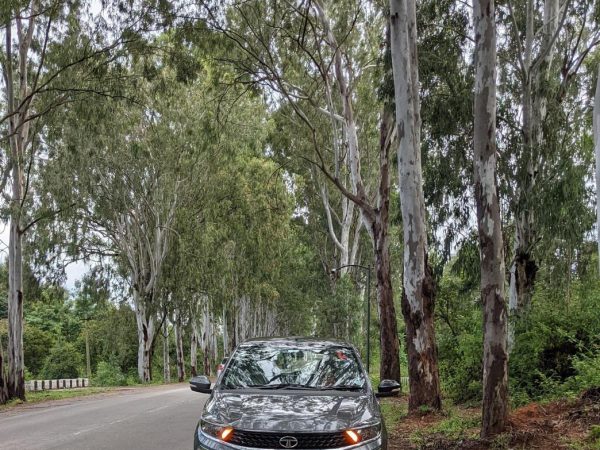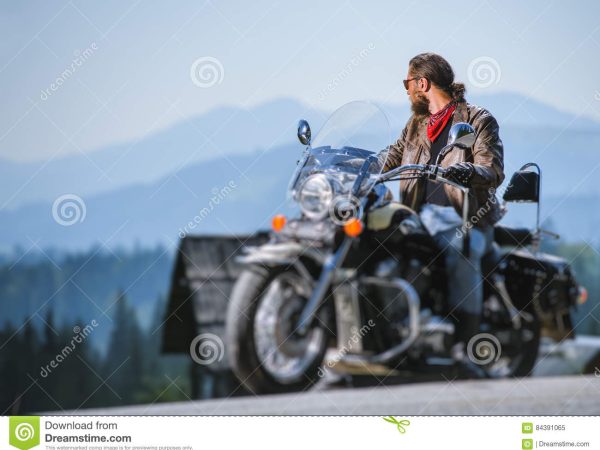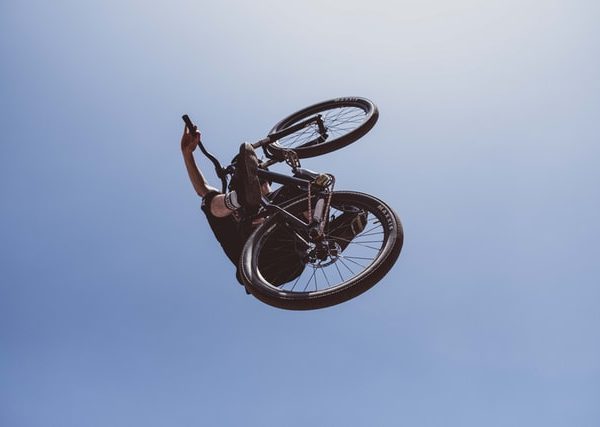What everyone should know before buying a bicycle – bikerbuys.com
Table of Contents
- What do you need on a bike?
- Common bicycle types
- Mountain bikes (MTB)
- Road bikes
- Hybrid bikes
- Urban / Dutch / Dutch Bicycles
- Folding bicycles
- Fixie and single-speed
- Cruiser bikes
- BMX bikes
- Cyclocross bikes
- Gravel bikes
- Touring Bikes
- Mini Veil Bicycles
- Electric bikes
- Cargo or utility bikes
- Fat bike bicycles
- Recumbent bicycles
- Tandem bikes
- The right bike size
- Important settings for your bike
If you are thinking of buying a bicycle, you have probably already realized that there is a wide variety of models and a wide range of prices. Especially if you are looking for your first bike, this experience can be a bit stressful. That is why here we share everything you need to know before buying a bicycle.
What do you need on a bike?

The first step to start ruling out options is defining your needs.
4 questions to define your needs:
- What am I going to use the bicycle for?
- Where am I going to use the bicycle?
- How often will I use my bicycle?
- What is my budget?
Questions 1 and 2 will help you determine what type of bike you need; a road bike, mountain bike or a hybrid, for example. Once you have defined which type of bicycle is the most suitable for you, you will realize that there are still countless alternatives for prices, brands, materials and qualities. This is where the question of how much to invest in your bike usually arises.
Questions 3 and 4 will help you determine how much you should invest in your new bike. For example, if you are looking for a bicycle to use as your main means of transportation, you will need a fairly reliable bicycle. In this case, the most advisable thing would be to look for a bike with mid-range components and suitable for the conditions of your journeys.
On the other hand, if you are looking for a recreational bicycle, which you will use infrequently, you do not need such a sophisticated bicycle. In this case, it might be a good idea to invest in a cheaper bicycle as the bicycle will be used little and may not justify a higher investment.
Common bicycle types
Throughout history, the bicycle has been specialized to meet the needs of the different branches of cycling. Each type of bicycle is designed taking into account the unpleasant features according to the use that will be given to it. Below are the most common bike styles and their main features.
Mountain bikes (MTB)

Ideal for: dirt roads and rough roads. The tire change is recommended if it is going to be used on pavement either for urban use or for traveling.
Mountain bikes (also known as MTB or mountain bikes) are designed for use on rough roads so they are quite resistant. They are generally equipped with wide, patterned tires to improve traction on loose terrain. They regularly use straight or double height handlebars. Mountain bikes are generally equipped with a wide speed range, tending towards lower speeds, in order to handle climbs and loose terrain.
These types of bicycles can be found without suspension (rigid), with front suspension (hard tail) or with full suspension (full-suspension) depending on the MTB specialty for which they have been designed:
. Cross country
. Enduro
. Downhill
. Freeride
Road bikes

Ideal for: speed on paved roads.
These types of bicycles are generally lighter in construction than other bicycles and are not designed to carry too much additional weight. Its purpose is speed on paved terrain. For this reason these types of bicycles are equipped with larger, thinner wheels and provided with narrow rims and smoother treads. In most cases, road bikes use drop-bar handlebars to achieve a more aerodynamic stance, although it is possible to find or build flat bar bikes of this type.
These bikes usually have ranges that tend to high speeds. The range is relatively more compact, with small increments between speed and speed. Remember that your main goal is speed, not comfort.
Hybrid bikes

Ideal for: paved roads, cobblestones and rough dirt roads.
Hybrid bikes are quite versatile as they combine characteristics of mountain bikes and road bikes, hence their name. They generally use straight or double height handlebars, although it is possible to find models with trekking handlebars. These bicycles were born as a solution for those who need a versatile bicycle, which can be used in the city, but which at the same time can be used on different terrains (cobblestones, dirt roads, little steep paths). The frames are resistant and with a geometry that allows you to adopt a comfortable position, with your back upright, arms and neck relaxed.
There are different variants of hybrid bikes, some more similar to road bikes, with narrow wheels and light frames. There are some other hybrids more similar to mountain bikes with slightly wider wheels and front suspension.
Variants of hybrids:
. Urban hybrids
. Comfort bikes
. Hybrids for long trips
. All-terrain hybrids
Urban / Dutch / Dutch Bicycles

Ideal for: paved roads, cobblestones and dirt roads.
This family of bicycles is also known as city bicycles, which generates some confusion. Technically any bicycle that is used as urban transport could be a “city bicycle”. In this case we refer to Dutch style bikes as urban bikes.
These bicycles were conceived for urban use, so they have a fairly solid construction both in their frame and in their wheels. They are perfectly adequate to withstand the conditions of a city (potholes, sidewalks, bumps, etc.)
It usually has mud guards to pedal on rainy days and racks and / or basket to transport everything you need to go to work, to the supermarket, etc. A common feature of this type of bicycle is the presence of lights to keep us always visible.
They usually have only one speed, although you can choose one with internal changes if necessary. The geometry of urban bikes allows you to pedal with an upright torso and thus be able to relax your arms and neck.
Folding bicycles

Ideal for: urban use on paved terrain and to be combined with other means of transport.
The vast majority of these bicycles use small wheels, being 16 ″, 20 ″ and 24 ″ the most common, although it is possible to find folding wheels with more conventional wheels. Almost all the folding are designed for urban use, however there are models that endure long trips without problems.
One drawback of small wheels is that they are more sensitive to road imperfections. Although if what you need is a bike that you can carry with you at all times there is no such thing as a folding one. This type of bicycle can be found equipped with a single speed or up to 20.
Fixie and single-speed

Ideal for: use on pavement and for those looking for a simple bicycle.
These bikes have become something of the cult bikes for urban cycling. Its main characteristic is its simple and in many cases, minimalist design. These are fairly simple but highly efficient and functional bikes.
This family of bikes comes in various shapes and styles; there are them with straight handlebars, double height, drop bars, bullhorns, etc. They are equipped with a single speed so they require much less maintenance than other bikes.
The difference between single-speed and fixies is that single-speed use a free wheel, while fixies use a fixed gear.
Cruiser bikes

Ideal for: pavement although they can be used on moderate dirt on flat terrain.
These types of bicycles are designed for short trips. Its distinctive geometry and handlebars allow for an extremely relaxed stance. These bicycles are usually heavy and use wide tires, which makes them inefficient on routes of more than 10km. They usually have a single speed although some manufacturers have models with speeds. Another common feature on cruiser bikes are coaster brakes.
BMX bikes

Ideal for: different disciplines that have to do with jumps and stunts.
BMXs use small but strong frames, ideal for jumps and stunts. There are different variables to these bikes, some with wide tires for use on loose terrain and others with slightly thinner and smoother tires for use on ramps or on the street. These bicycles are not as efficient as a means of transport so they are recommended rather for short trips.
Cyclocross bikes

Ideal for: mixed roads (pavement, dirt, loose gravel).
These bikes are very similar to road bikes but they are not the same. Their frames are stronger and have a slightly different geometry that makes them more suitable for passing over obstacles on the road (cyclocross races include some natural and man-made obstacles). These bikes use wider tires than road bikes and usually have a tread that allows them to generate good traction on different roads. Also, unlike road bikes, these use cantilever brakes since they accumulate less mud during races.
Gravel bikes

Ideal for: speeding dirt roads, use on paved terrain, and lightly loaded travel.
This type of bicycle combines characteristics of road and cyclocross bikes. Despite being similar, gravel bikes are designed for speed on unpaved roads.
Its geometry is more relaxed than that of road bikes, with a higher head tube and a looser angle for better control on dirt roads. These bikes are designed with a drop in the bottom bracket lower and longer wheelbase than cyclocross bikes because they do not have to go over obstacles, which makes them more stable.
Another pair of features that distinguishes gravel bikes is increased fork and chain stay clearance, as well as disc brakes. These features allow the use of a wide range of wheel sizes and tire widths to cope with all types of road conditions.
Many models have attachment points for mounting racks and fenders, giving them even more versatility. In addition, in addition to being great fun on dirt roads, these bikes are very good bicycles in the city and even for trips with light loads or bike packing.
Touring Bikes

Ideal for: to travel long distances and carry weight. There are types for pavement, mixed or cross country travel.
These bicycles are generally made of chromium and are very resistant to bear weight (weight of the rider + luggage). Their frames include mounts to install racks (rear and front) and additional amphora holders.
Although the vast majority of these bicycles use drop-bars, trekking, straight and double height handlebars are also common, depending on the type of trip to be made (road, through gaps, naughty bonnet).
An important feature on these bikes is their wide speed range. Low enough speeds to make it easy to climb fairly steep slopes when fully loaded and high speeds to maintain speed even downhill. They are equipped with powerful brakes, generally disc or cantilever brakes. Common wheels are 26 ″, 27.5 ″, 650 and 700.
Mini Veil Bicycles

Ideal for: urban use preferably on pavement. Some models can be used for long trips.
These bicycles are born from the need to be able to store in confined spaces. They had their boom in Korea and Japan where space is quite limited. The frames are very similar to those of a conventional bicycle with the difference that they use 20 ″ wheels. Their small wheels make them quite practical for the city. Not only do they reduce their dimensions, but they also have very good acceleration and maneuverability. There is a wide variety of styles, some with drop-bars, and others with straight handlebars. There are single-speed, fixies and with multiple speeds (derailleur and internal changes).
Electric bikes

Ideal for: places where there are steep slopes and / or for those who suffer from knees or suffer from asthma when exercising, for example.
Electric bicycles are all those bikes that use a motor to assist pedaling. Today it is possible to find an electric version of almost any type of bike: folding, hybrid, cargo, mountain, etc. Its main advantage is when it comes to climbing slopes, pedaling against the wind (there are places where the wind is very intense) or for those who have to pedal long distances to go to work and want to reduce the effort. On the other hand, these bikes are more expensive and heavy.
Cargo or utility bikes

Ideal for: For those who need to transport considerable cargo mainly in the city.
When used to move cargo, this family of bikes use extremely strong frames, with a good brake system (disc and drum brakes are common) and a suitable gear ratio to move the extra weight. There are cargo bikes of different types and different capacities depending on what you are going to move. Another variant is the type of cargo area and the positioning of the cargo.
Load positioning:
. On the front wheel, rear wheel or both
. Between the handlebar and the front wheel better known as Long John
. Behind the rider known as Long tail
. Between parallel wheels either front or rear (tricycles)
Fat bike bicycles

Ideal for: loose terrain such as snow, sand and mud.
The main feature of these bikes is their extremely wide 26 ″ wheels (typically between 3 and 3.6 inches). The wide tires allow it to generate a good level of traction on extremely loose terrain such as snow or sand. The geometry of its frame is very similar to a mountain bike with the difference that it uses fork / fork and chain stays with adequate clearance for fat wheels. These bikes are equipped with multi-speed and disc brakes.
Recumbent bicycles

Ideal for: paved roads.
These bikes are different from all the others in that the position of the rider is completely reclined. There are different configurations: with wheels with different treads (front and rear), with three wheels, with a handlebar on the seat, with a handlebar under the seat or without a handlebar (they are steered with the feet). They are usually equipped with multiple speeds and there are even those who travel the world on bicycles of this type.
Tandem bikes

Ideal for: enjoying a walk with your partner, family and / or friend.
Tandem bikes are bikes for two or more riders. The most common are two-seater and you can find them in different styles: hybrids, mountain, road and cruisers. With the exception of cruisers, these bikes usually use multiple speeds and need powerful brakes to be able to stop the bike with the weight of both (or more) riders.
The right bike size
This point is quite important since a bicycle that is not the correct size can be quite uncomfortable; it could even be dangerous or cause serious injury. Each type of bicycle has criteria for selecting the appropriate size.
The most advisable thing is to go to a specialized store and ask the advisers for help, they will help you find a bike of your size. Alternatively, you can test the size of the frame by passing one leg over the frame and standing with both feet on the ground. For a road frame it is recommended that there is a space of about 2.5 cm between the post and your body. For a mountain bike, the recommended thing is approximately 5 cm or a little more. It is important to consider that each type of bicycle has a different geometry, so it is important to try the exact model of the bike you plan to purchase.
You always have to look for the bicycle that best suits the person who will use it, below you will find some articles that can help you further determine more specific characteristics:
. Bicycle guide for boys and girls
. The best bikes for very tall people
. The best bikes for overweight people
Important settings for your bike
Other points to consider are the height of the seat and the position of the handlebars. The leg should be slightly bent when the pedal is at its lowest point. Similarly, it is recommended that the arms are slightly bent in order to improve maneuverability.
Once you have selected and adjusted the bike to suit you, it is recommended to test it. Make sure it is comfortable and that you can maneuver freely.
For almost any type of bicycle there are frames designed specifically for men, women and children. For each case certain proportions are handled that are better adapted to the dimensions of each type of body.
Very important! Try not to spend your entire budget on the bike. It is recommended to leave a mattress to buy a secure lock and the necessary accessories to roll as comfortable as possible. You can’t miss a good helmet!
I hope these tips are very useful for you to find your bike.



